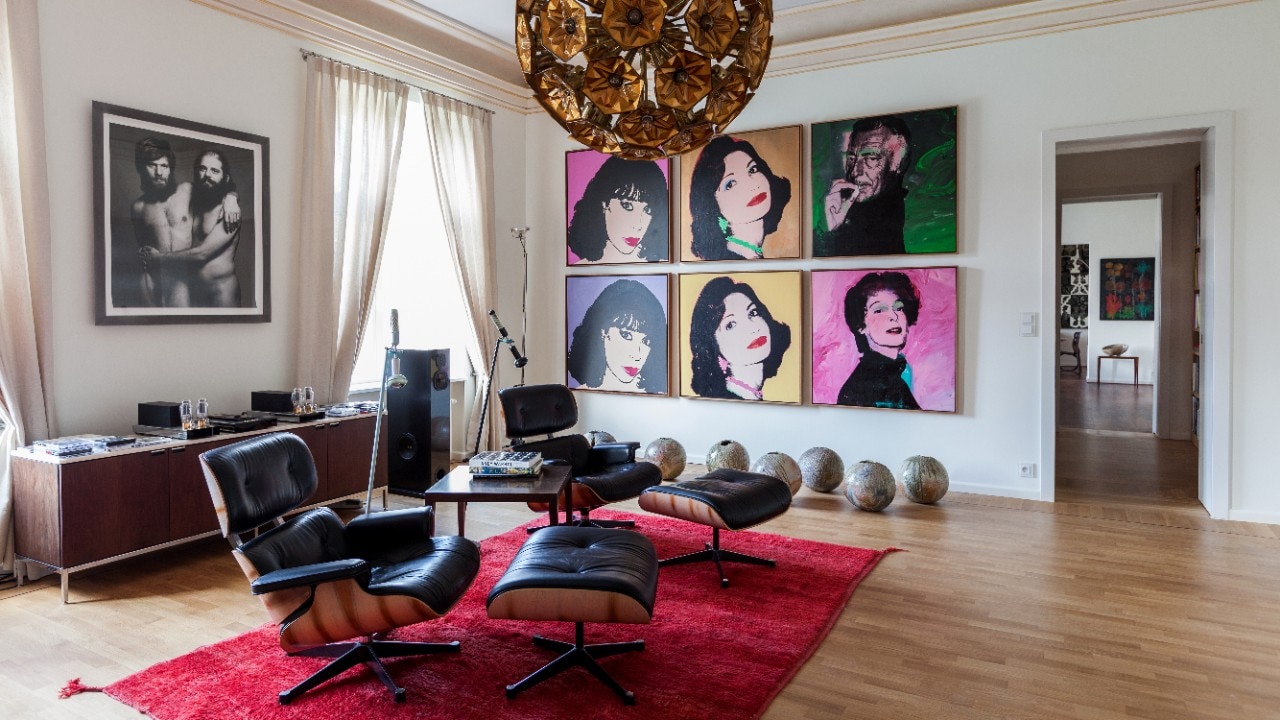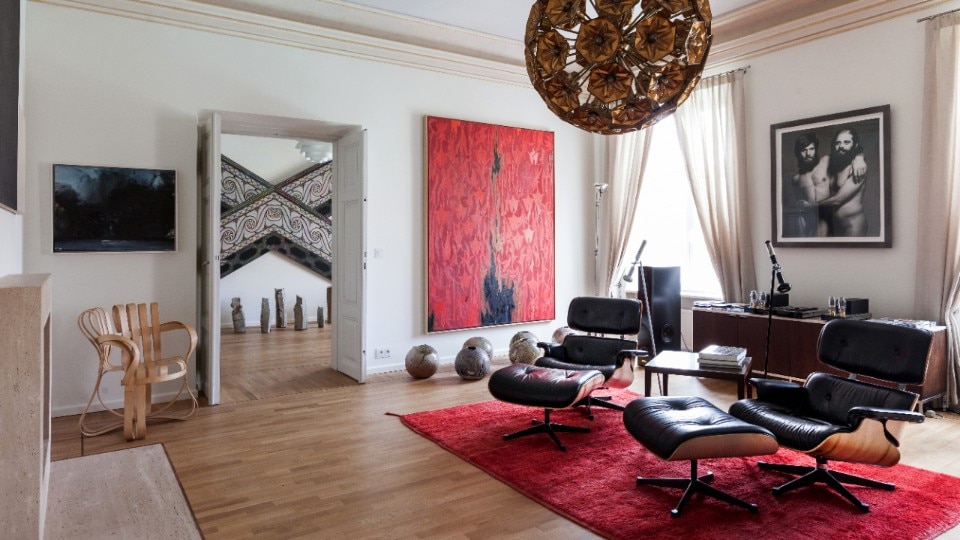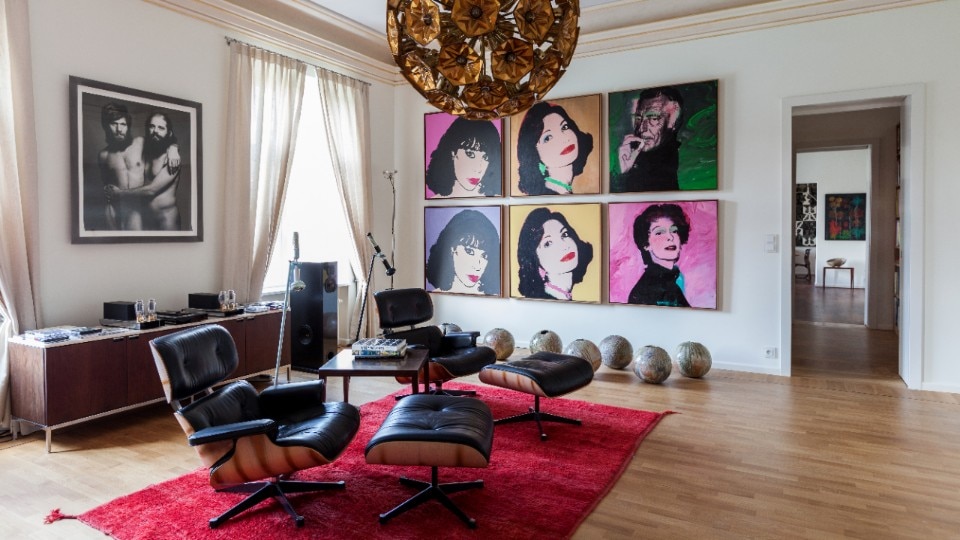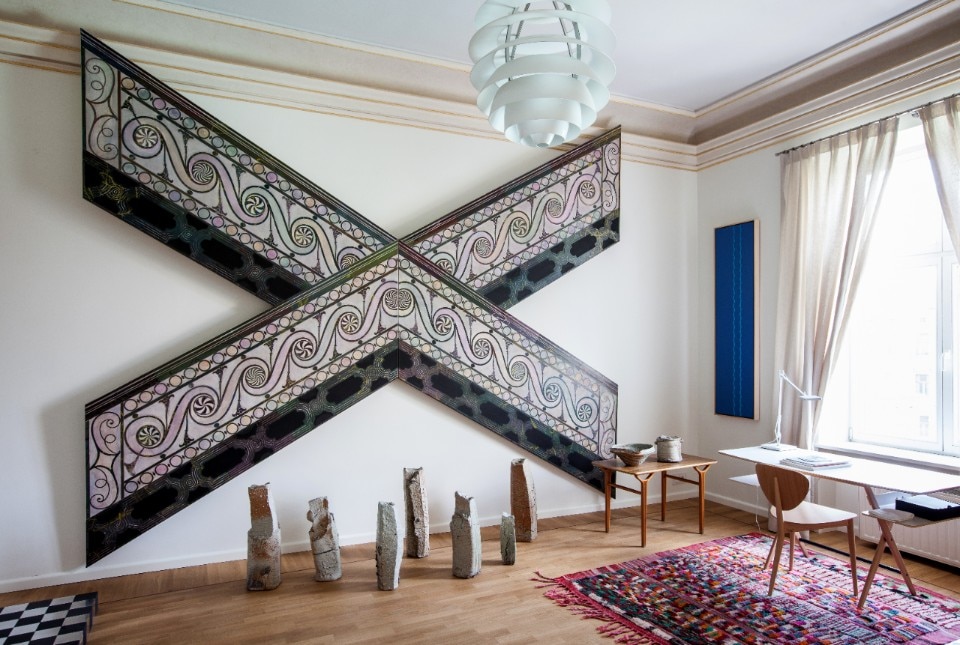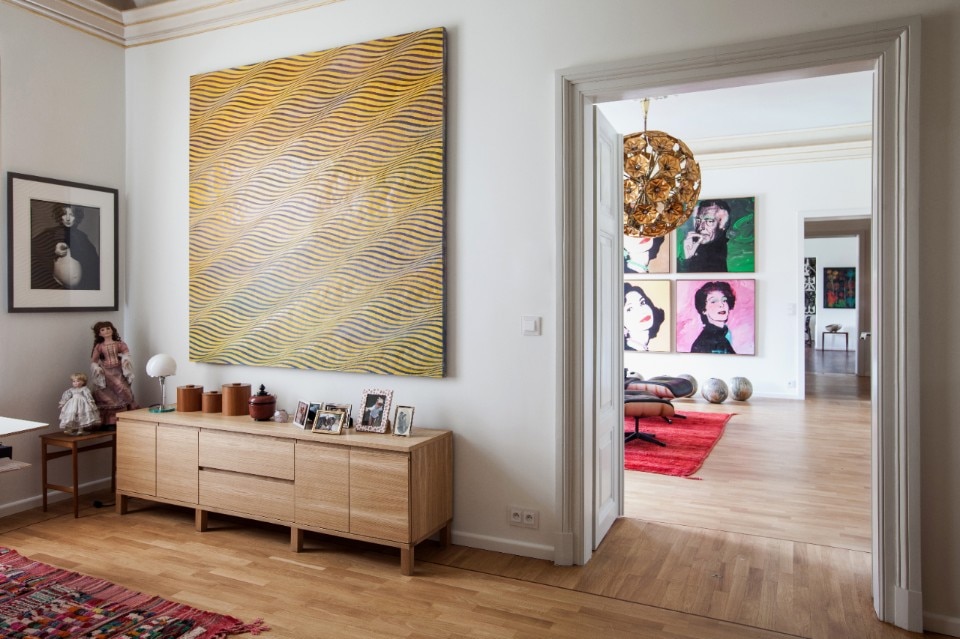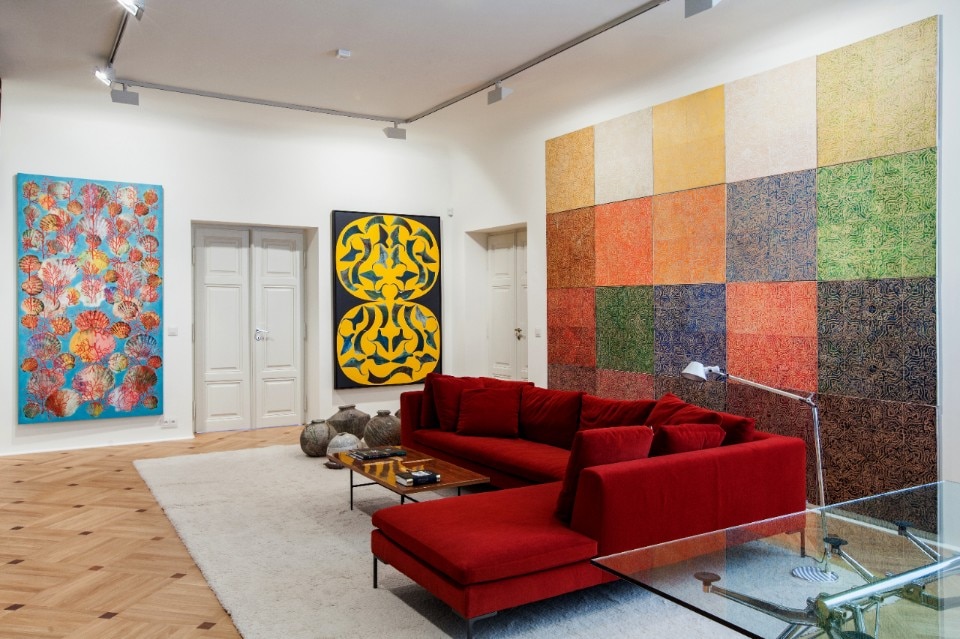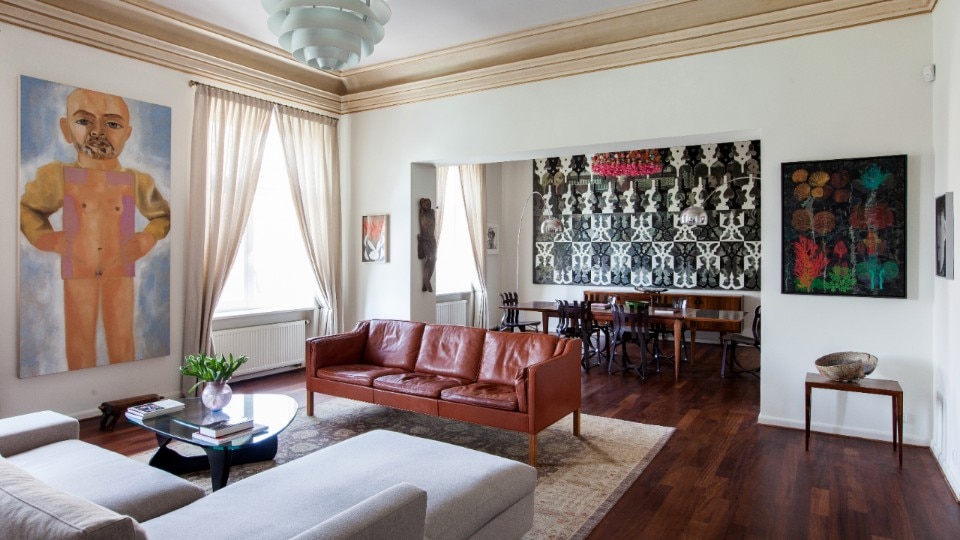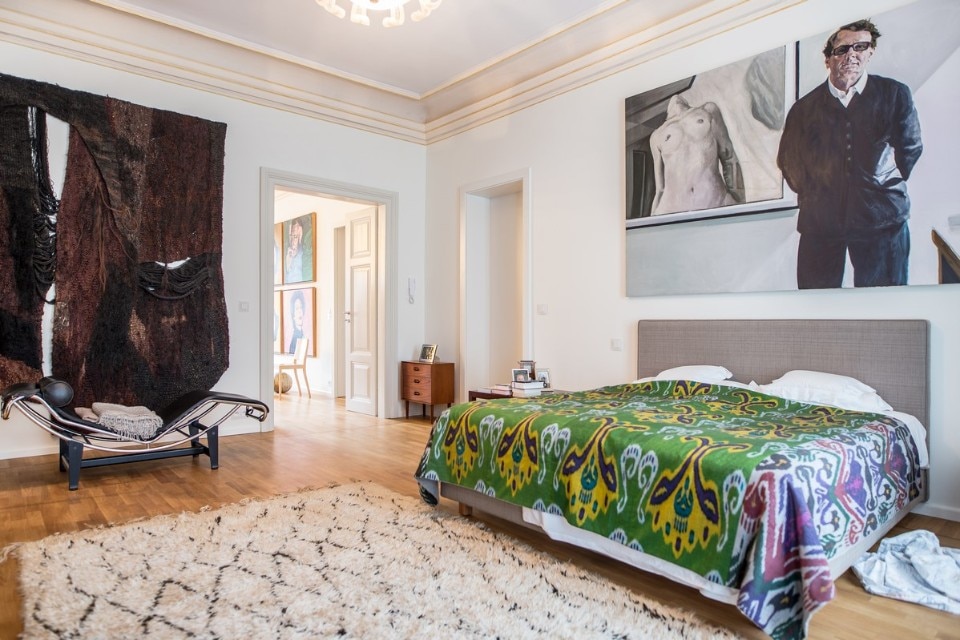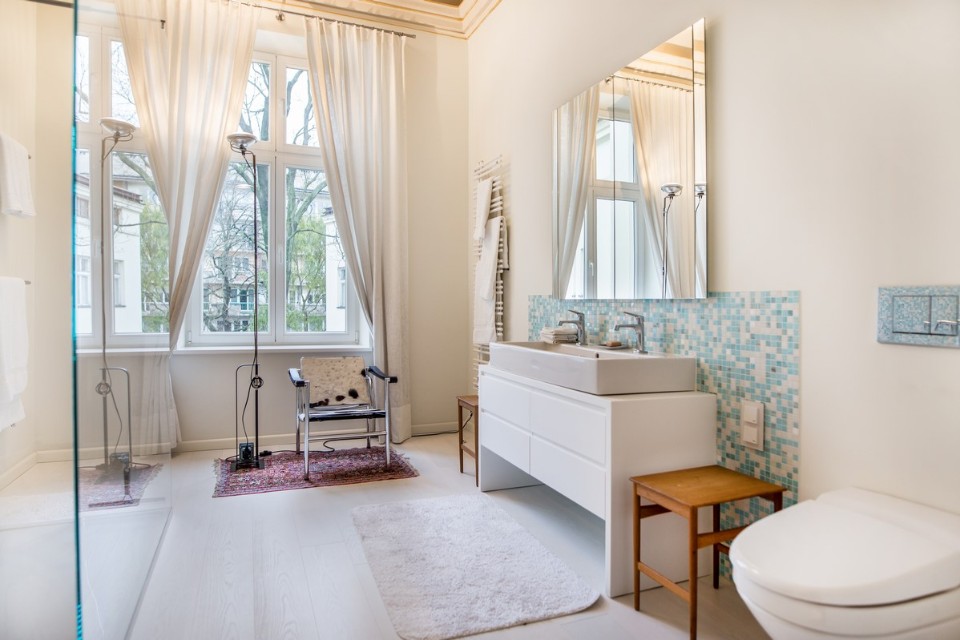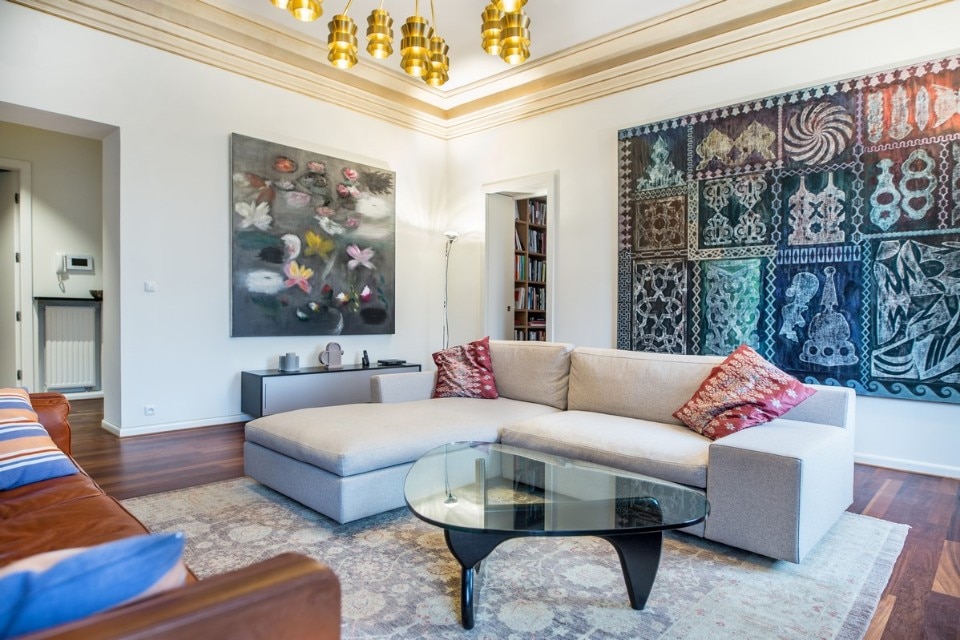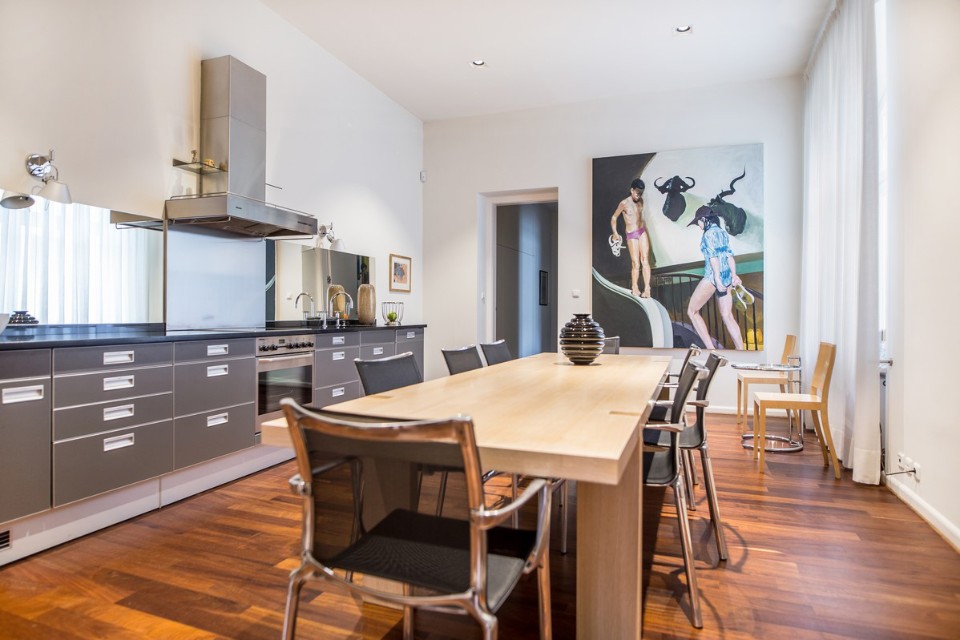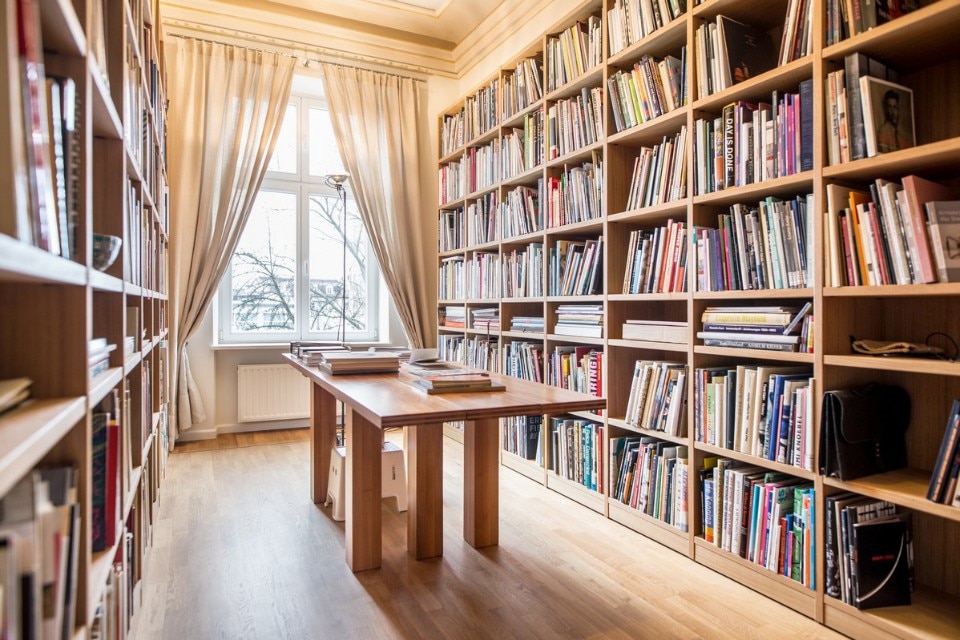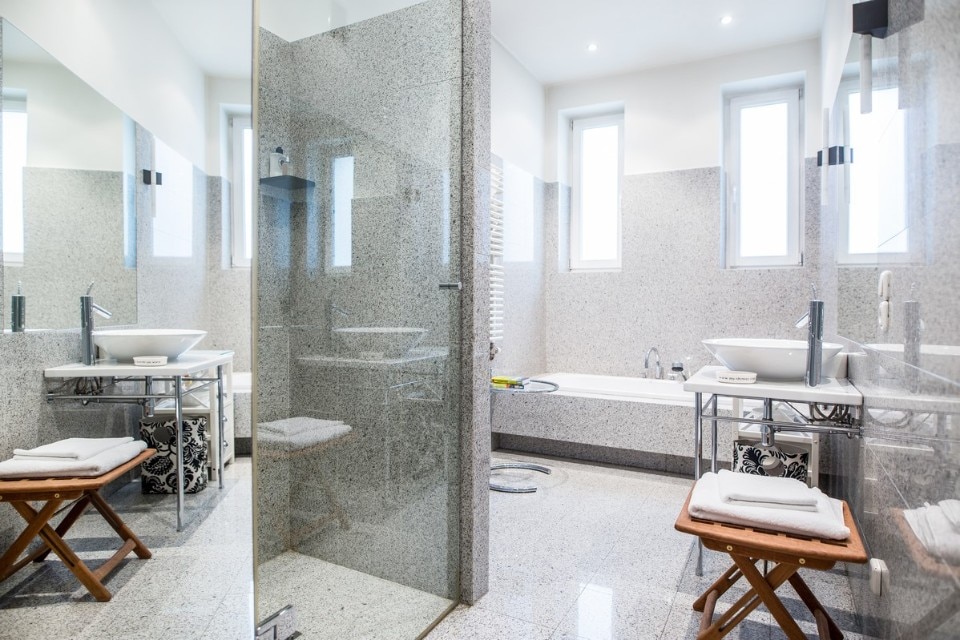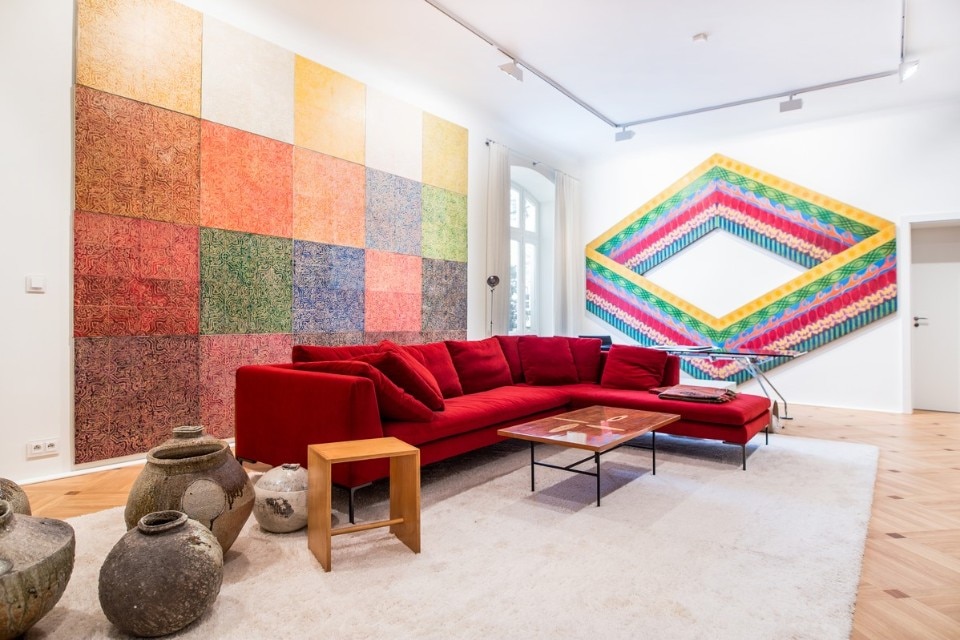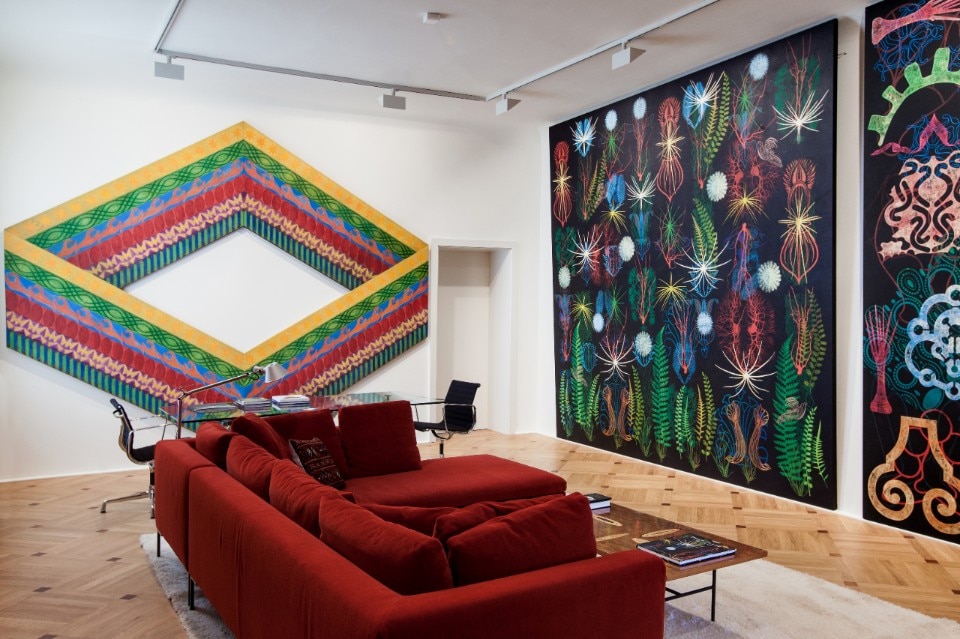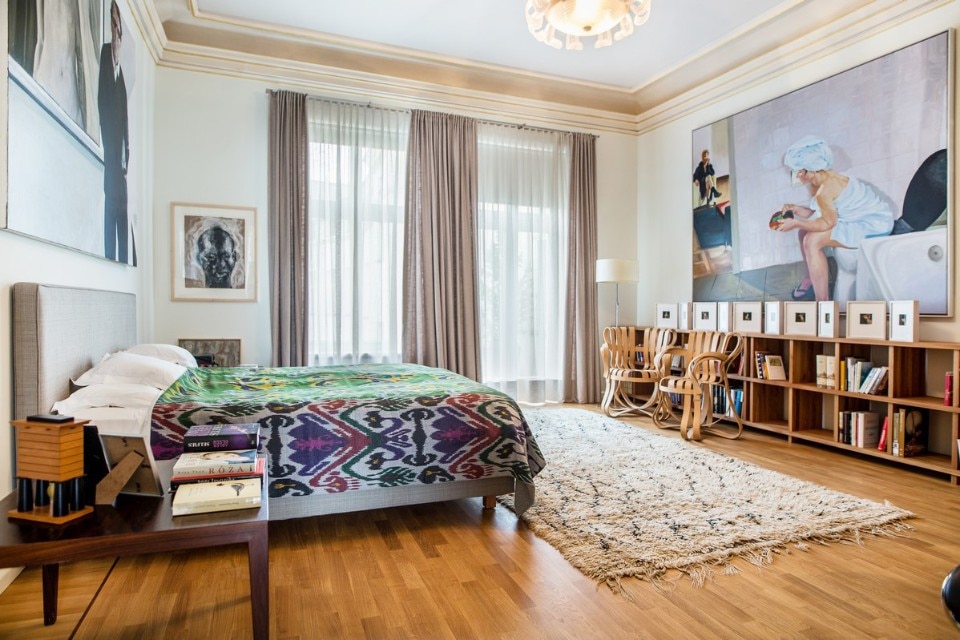This article was originally published on Domus 1054, Novembre 2021.
“There are too many things in museums. Quantity kills quality, and the masterpieces on display by the dozens are no longer masterpieces. How can you contemplate a Murillo when a Tiepolo is hanging right beside it and needs its own space, and then nearby, another 30 paintings are all shouting out: look at me, look at me!”. I break the ice with Rafael Jablonka with two-fold villainy: the Diary by Witold Gombrowicz (from which I take the quotation) is the book that changed his life, and in these days, his infinite collection showcasing Mike Kelley, Eric Fischl, Miquel Barceló, Philip Taaffe and many others is on display at the Albertina in Vienna [“My Generation”, until 11.4.2021]. “Gombrowicz was right: you can’t put such diverse and unique artists all in the same room. In order to avoid making mistakes, at the Albertina I devoted a separate space to each artist. Of course, I will, in any event, incur the wrath of the protagonist of Old Masters by Thomas Bernhard who spent 30 years of his life, just about every other day, contemplating only and exclusively a painting by Tintoretto”.
Rafael Jablonka grew up in the early 1950s in Poland, in Czestochowa, a small reactionary town known for its Black Madonna. He escaped from here to study civil engineering at university in Cracow, which in the 1970s resisted Communism thanks to its cultural movida and the presence of Andrzej Wajda, Wislawa Szymborska and Tadeusz Kantor. “Civil engineering, how boring! I imagined a drab life at the office. So I became curious about art and, to compensate for my ignorance of the subject, I delved into a Soviet avant[1]garde handbook. I discovered Malevich and Russian Constructivism up to Fluxus. In an adventuresome way, I made it to Germany, where while organising a few exhibitions, I ended up meeting Beuys, Richter, Baselitz and Schütte”.
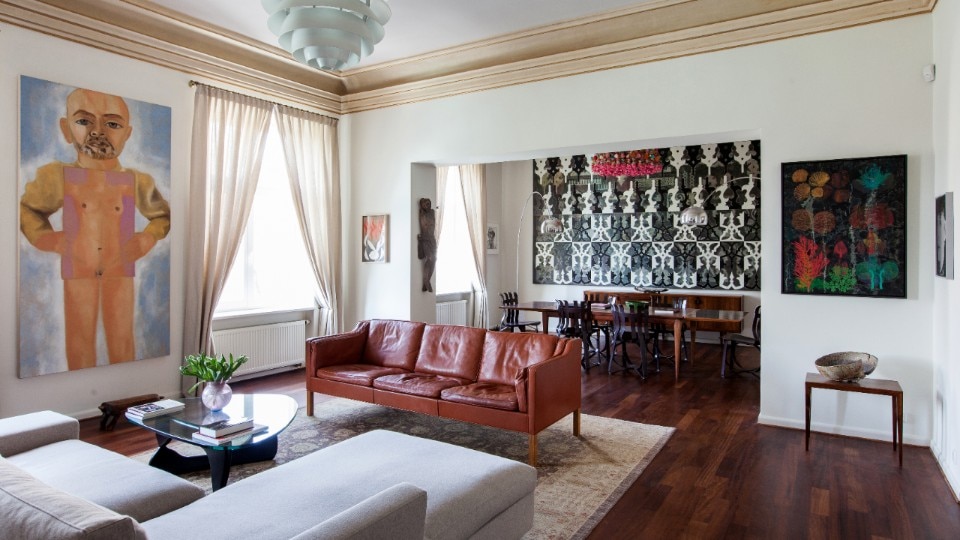
After a short stay in Munich and Düsseldorf, in the mid-1980s Jablonka moved to Cologne. He sensed the potential of American artists underrated in Europe; he also stopped being a curator and became an art dealer. In 1988, he opened his own gallery – 30 years of discovery and success. His home in Cracow is a homage to the artists whose careers he had a hand in.
In the living room I settle down in an armchair by Charles Eames, right next to vases by Shiro Tsujimura and a piece of furniture by Ilmari Tapiovaara. I linger upon a Quadro Vesuviano by Philip Taaffe: “What I adore about Philip is that he makes you feel a sense of mystery, a mystical presence. For the Böhm Chapel, I commissioned him with five large works, one for each religion: Christian, Jewish, Muslim, Hindu and Buddhist. He gave me the first, but continued very slowly on the others. In my opinion, he feared it would end like Mozart’s Requiem”. Jablonka smiles, pointing out a recent portrait by Eric Fischl: “It just had to be by him. An infinite devotion to painting and unassailable ethical values. If I ask him for an ad hoc work for a fair, he declines. Then he adds: make someone else do it”.
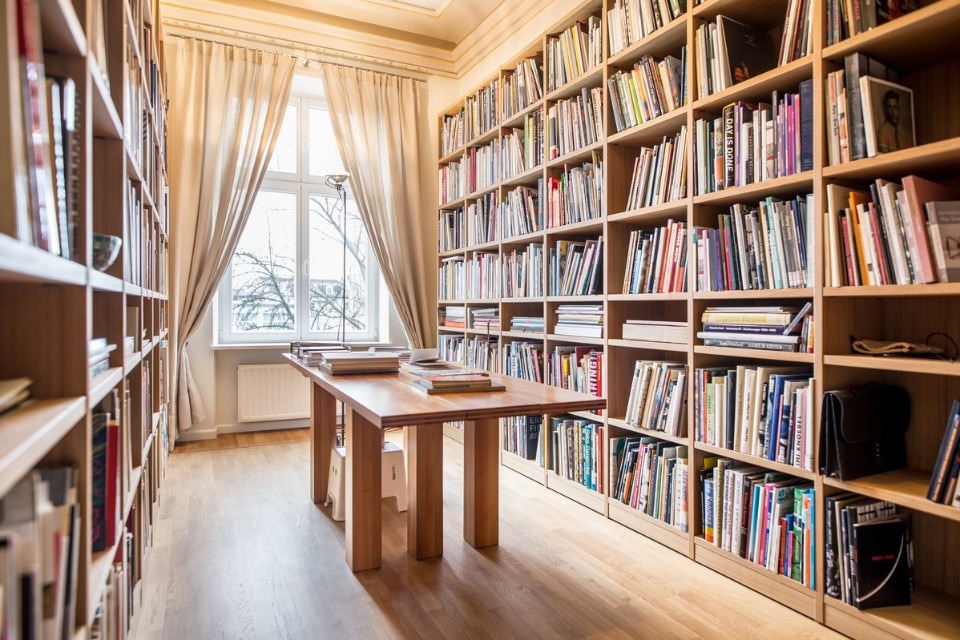
I immediately recognise some ceramics by Barceló, in particular The Miracle of Bread and Fish and the androgynous self-portrait of Francesco Clemente. There’s also room for photography: Samuel Beckett, Buster Keaton and John Ford immortalised by Richard Avedon. I absolutely have to see his book collection. I ask Jablonka about the books he can’t live without: “The early ones by Araki, A Goldbook by Warhol from the 1950s, Why I went to the movies by Richard Prince, Rothko’s Chapel by Mike Kelley”. I’m still in time to notice a portrait of Gianni and Marella Agnelli by Andy Warhol. “The colours are what I love the most. That’s what I’ve always told Mike Kelley and he never liked that”.
Opening image: the music room with paintings by Andy Warhol and a photograph by Albert Watson. Vases on the floor are by Shiro Tsujimura; armchairs by Frank Gehry (left) and Charles and Ray Eames; chandelier by Ilmari Tapiovaara. Photo Jacek Świderski, Mirosław Żak


